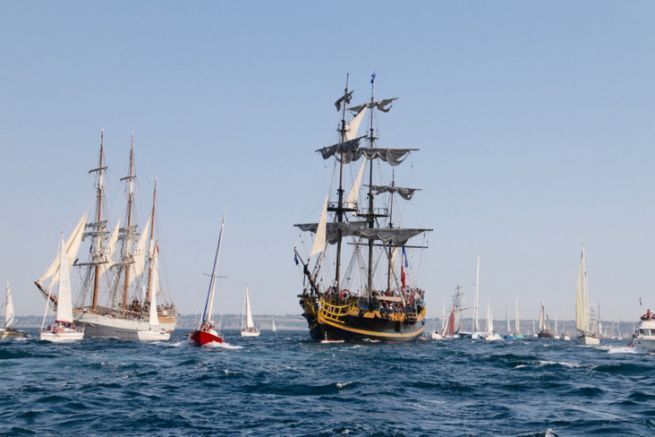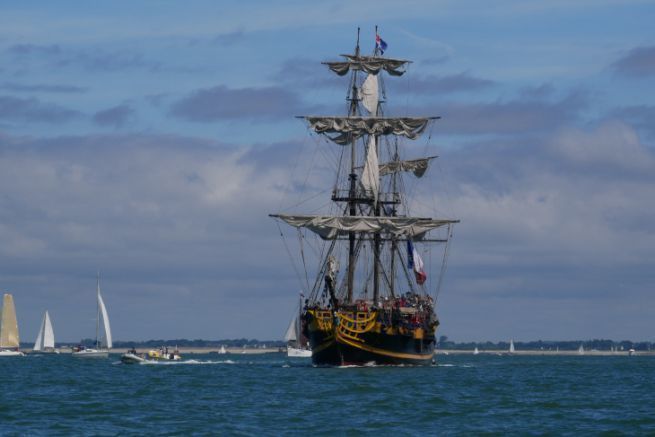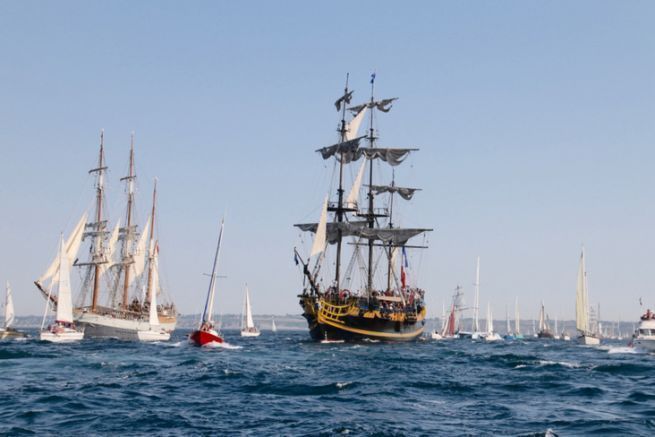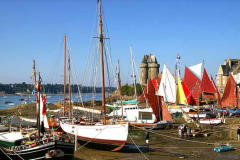The role of a privateer ship
Unlike totally independent pirates, the privateer acted on behalf of the king by capturing cargo and ships. The latter were then sold at auction and the profits shared. The privateer ship had to fly the flag of its country, to signal itself before the first cannon shot, sign of an attack. It also had to have a letter of marque or letter of race, given by the king, authorizing it to attack enemy ships in the name of France. Those who did not have this letter of marque were then considered pirates. This was known as "guerre de course" and was particularly popular with private shipowners of the time, especially in Saint-Malo and Dunkirk.
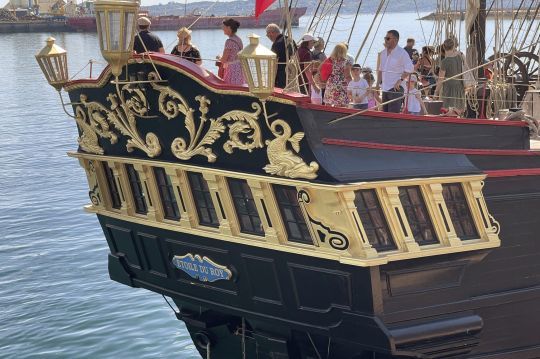
The distribution of the catches
Each catch is submitted to the 15-member Home Port Catch Court. The latter deliberated on the merits of the booty and judged its value before the auction. The Admiral of France, who represented the King, took 1/10 of the value of the catch e of the value of the loot. The rest is then divided among the different people who took part in the capture:
- 1 share for the crew, distributed by the captain according to the hierarchy on board.
If logically, the captain and the first mate pocketed the majority of the shares, between 12 and 10 shares, the sailors received only one share, the soldiers half a share and the mousses a quarter share.
- 2 shares for the owner
As the owner of the ship, he gets the largest share of the loot. This amount corresponds to 3/5th of the total amount.
The crew of a privateer ship
The only master on board a privateer ship is the captain which applies an uncompromising rule
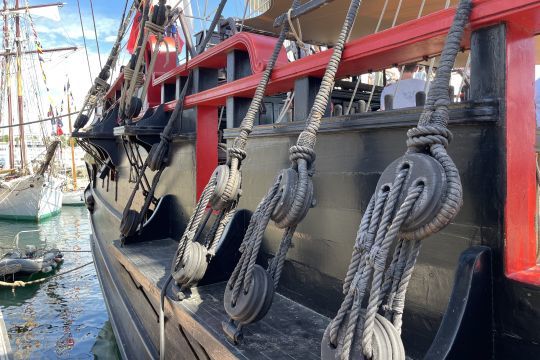

The boatswain or bosco enforces the captain's orders with his whistle. Each sound corresponds to a precise order that each crew member must know.
The master pilots are 3 and ensure the navigation. One is in charge of knowing the stars and the other two are specialists in coastal navigation.
The gabiers are assigned to maneuvers, perched at 40 m height, they are responsible for the maintenance of masts, ropes and sails.
The sailors and the foams were simple team members, obeying to the boatswain . Embarked at the age of 10, the mousses worked day and night. They had to wash the decks, feed the animals, and do the potato chores. Once their work was done, they could learn knots, maneuvers, and how to repair sails or the hull from the sailors.
Master caulkers, carpenters and master sailmakers were in charge of the works and maintenance, according to their specialties.
The rooster is the cook of the ship. He is accompanied by several officers, including a butcher and a baker.

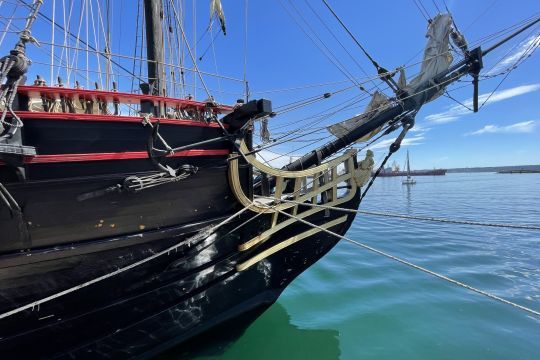
Life on board
The captain's main room is the officer's wardroom. This is where he ate and studied navigation, surrounded by his mates and officers. A writer was part of the crew. He was in charge of annotating the logbook according to the ship's route and position.
At the beginning of the campaign, each sailor is given sea cookies every day, which are the staple food on board. Before eating it, the sailors must tap it with a knife to remove the worms and insect eggs that live in it.
The meat is used for the weekly meal and the cod for three meals. Fayots, peas and beans complete the package. Each sailor also receives ¼ pint of wine. These rations are halved after three months. On "lean" days the meal consists only of a piece of cheese, vegetables. In steerage or on deck, the sailors share a 7-piece sea bowl, as well as the wine, distributed in a can.
Water was distributed each morning, at a rate of less than one liter per person, which the sailor had to conserve by himself. Difficult to conserve, it quickly becomes undrinkable after a few weeks and must be whipped or with vinegar or alcohol added to change the taste.
The staff's meal is much better and the captain eats richly: poultry, fresh bread, pastries, fine wines, hams, butter, jams, etc. Some vegetables are grown on deck, and animals are also raised on board in pens.

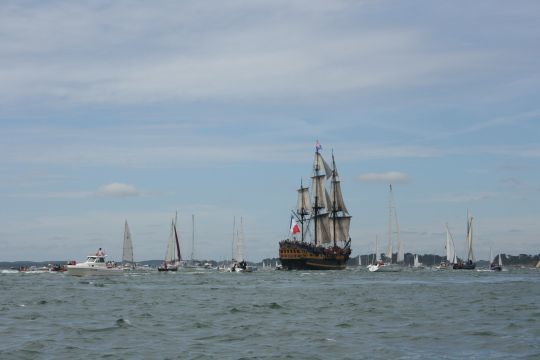
Punishment of the crew
The supreme punishment is the deprivation of wine, but other punishments are applied on board:
- The shackling, which can last 1 month
- The large hold, where the culprit was tied to the end of a rope passing under the keel and put overboard, before being recovered on the other side by the crew members. As an alternative to hanging, the unfortunate man's life depended on everyone's speed in retrieving him on the other side.
- Kissing the gunner's daughter, or being whipped while tied astride the barrel of the gun,
- The cat with nine tails, a whip of nine strings whose end ends in a knot and made by the culprit, because of single use to avoid infections.
